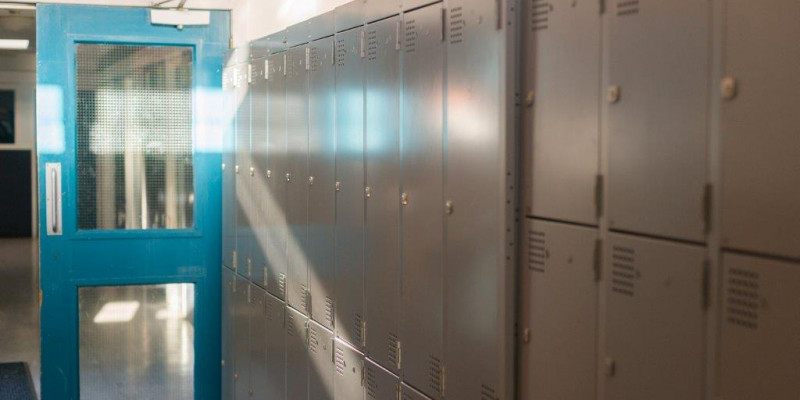
Restraint guidelines
Senior Postions Advisory Committee (SPAC) advice for senior leaders on new restraint guidelines.
New physical restraint rules
A Secretary for Education bulletin was sent to schools recently with the new restraint rules. The Education Act amendment is coming into force in phases. It includes an explicit ban on seclusion rooms in schools and power for teachers - in very specific circumstances - to use physical restraint on students.
Rules were promulgated in August 2017 about how to respond when there were incidents of physical restraint.
A concrete defence for teachers, but the test is high
Previously there was no power other than that which came from the Crimes Act to use proportional physical restraint against someone in some situations and the police would be reasonable in their interpretation. It is now explicit that teachers can use physical restraint when someone’s safety is at “serious and imminent risk”.
This is a concrete defence for teachers, but the test is quite high – it cannot be used to defend property, or to separate students who are simply shouting at each other, and where two students are confronting each other but not physically attacking it could be claimed that is no imminent risk. So actions are going to be open to testing for case law.
Strict reporting requirements
There are very strict reporting requirements – any incident has to be reported in an Incident of Physical Restraint Form to the MoE. The responsibility and workload will likely fall on senior leader (SL) in the same way that the recent changes to the confiscation rules have.
Search, surrender and retention of property
In cases of the search, surrender and retention of property there is also a complicated process for schools to follow if you have to take something off a student. There is a legal power to confiscate but, again, the administration around it is complex.
A whole class can be ‘asked’ to give back a stolen item, but blanket searches are prohibited. However, schools can apply their own disciplinary procedures in regards to situations like this, and keeping a class in may be permitted if it’s set out in the school rules. A student who walked out of a class being kept in could be subjected to the schools’ disciplinary processesand would not have an automatic defence, but a teacher can’t physically restrain the student from walking out.
Workshops available
Schools can request workshops from the local ministry office (on managing restraint, deescalating etc.). PPTA would like feedback on the value of these workshops and on how these new rules are working in schools, how aware students and parents are of them and if they are using them to their advantage.
Guidelines around the new restraint requirements have also been included in PPTA's newly released Safety in schools toolkit (formerly the anti-violence toolkit), which is available through the PPTA website of through your local field office.
Resources:
Safety in schools toolkit (2018)
The regulations under the Education Act: ‘Education (Physical Restraint) Rules 2017 (PDF)
Support for schools to manage challenging student behaviour (Ministry of Education website)
New rules for using physical restraint in schools (Ministry of Education website)
Regulations under the Education Act: Education (Surrender and Retention) Rules, 2013 (PDF)
Surrender and retention of property, and searches – guidelines (Ministry of Education website)
